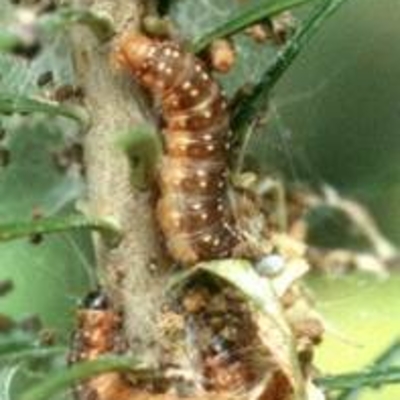
When spruce budworm eats the buds of a tree, the tree becomes stressed. While trees often can withstand this stress, the risk of tree death increases when a drought occurs in addition to spruce budworm feeding.

When spruce budworm eats the buds of a tree, the tree becomes stressed. While trees often can withstand this stress, the risk of tree death increases when a drought occurs in addition to spruce budworm feeding.
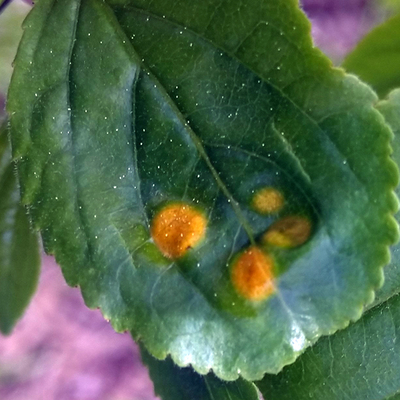
Imagine a future in which introducing fungi to a site helps control buckthorn and keeps these aggressive and ecosystem-altering plants in check. Researchers and funders are hoping to make this dream a reality.
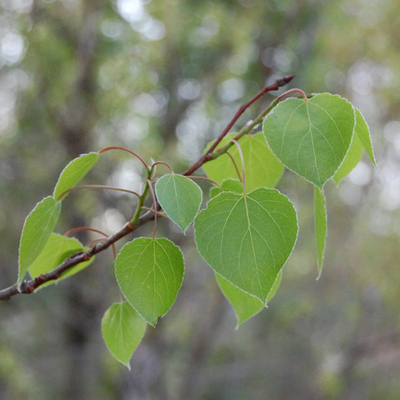
A resistance-focused climate adaptation approach to retain the current state of woodlands involves creating areas called refugia to protect species that may not perform well with climate change.
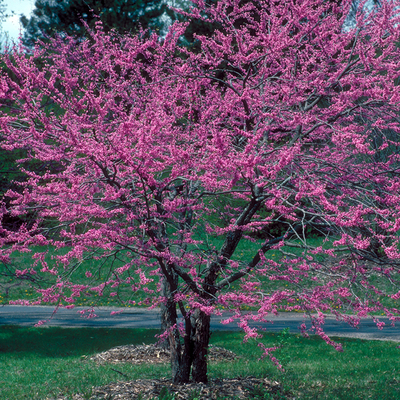
Extension's tree selection lists include new-to-region species as options for adding diversity to existing forests to help achieve climate adaptation goals.
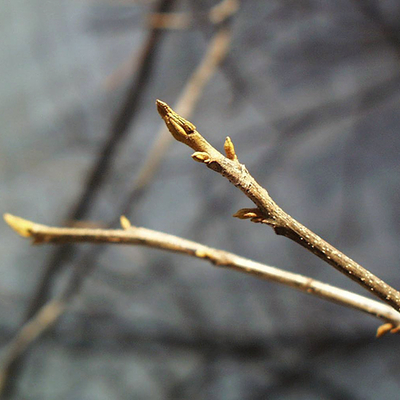
Are trees moved through assisted migration considered invasive species? Climate change has experts rethinking boundaries and definitions.
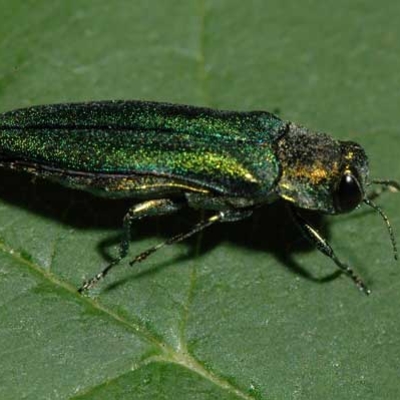
Emerald ash borer (EAB) continues to cause problems for ash trees. As of this past year, it has been found in 48 Minnesota counties.
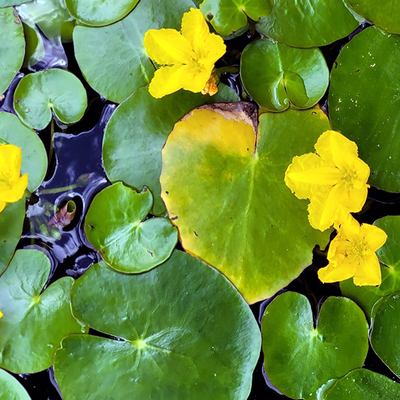
Yellow floating heart is an aquatic plant popular in water gardens. But this lovely plant is invasive and harms wild landscapes and bodies of water.
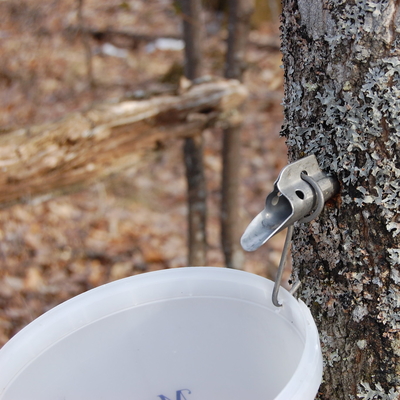
Extension Educator Gary Wyatt addresses the concerns on syrup tapping during our mild winter.
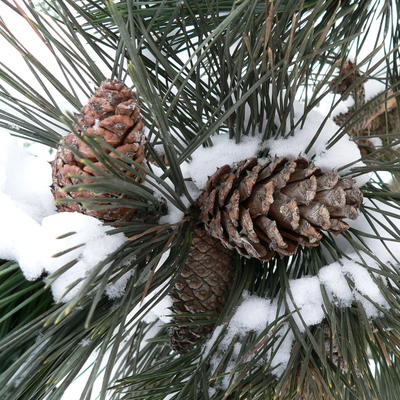
It’s easy to admire the beauty of the winter landscape. But what about everything that we can’t see? What happens to the forest during the winter?
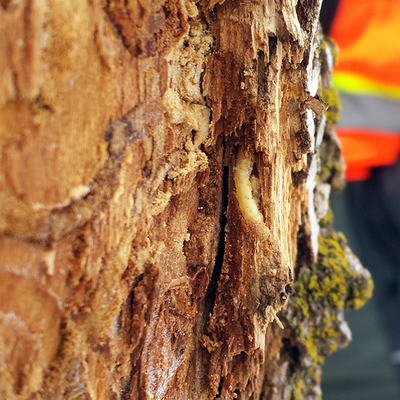
While subzero temperatures are not the most pleasant conditions for us, they can be a factor in helping to control pests. Warmer winter temperatures may mean more EAB larvae are likely to survive.
© 2024 Regents of the University of Minnesota. All rights reserved. The University of Minnesota is an equal opportunity educator and employer.